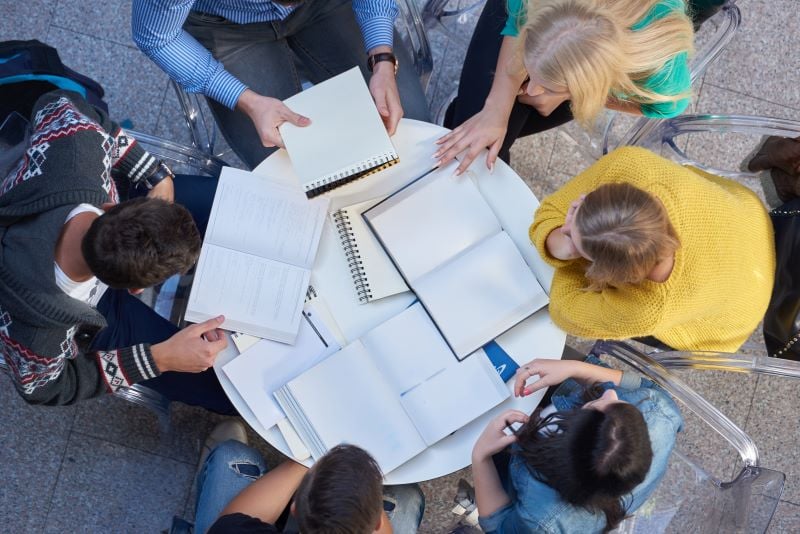 Active learning can be a vital instrument in developing confident, involved, independent learners. Psychologists such as John Dewey, Jean Piaget, Jerome Bruner and Maria Montesorri have long promoted the idea of children being “hands-on” as a key to lasting learning. From their point of view, experience is the most vital facet of the learning process. And while we know the importance of understanding how and when to apply what we learn; most learning theories teach concepts without sufficiently showing learners how to apply their knowledge. However, Constructivist learning is different.
Active learning can be a vital instrument in developing confident, involved, independent learners. Psychologists such as John Dewey, Jean Piaget, Jerome Bruner and Maria Montesorri have long promoted the idea of children being “hands-on” as a key to lasting learning. From their point of view, experience is the most vital facet of the learning process. And while we know the importance of understanding how and when to apply what we learn; most learning theories teach concepts without sufficiently showing learners how to apply their knowledge. However, Constructivist learning is different.
In Constructivist learning, the traditional classroom learning procedure is flipped. Instead of a teacher informing a child about a subject and constructing a meaning for them, in constructivist learning, children construct their own meanings. Now, this may not be the best approach for every learning environment, but it can be tremendously helpful at home. The home environment is where children primarily develop a sense of self and is the perfect setting for children to practice taking initiative in their learning via a Constructivist approach.
According to Good & Brophy (1994) there are 4 aspects of Constructivist learning, the first of which we already began discussing.
- Learners Construct Their Own Meanings
In Constructivist learning, children are not just passive vessels who readily follow what they are told to do. Instead, knowledge is made to be useful in a new learning situation by children making the effort to make sense of whatever information they are attempting to learn. They should own it, manipulate it themselves, discover, and create the meaning that best applies to the learning situation at hand.
- New Learning Builds on Prior Knowledge
When trying to make sense of information, children should make connections between old knowledge and new information. They should do so by comparing and questioning and challenging and investigating. This process is made easier with a hands-on approach because children learn to accept or discard old information and beliefs to progress.
- Learning is Enhanced by Interaction
The Constructivist process works best when children can compare and share their ideas with others. At home, this can be a parent, a sibling or even a playmate. Discussions with others can provide learners with the opportunities to express what they have learned and even correct mistakes that may take place.
- Meaningful Learning Develops Through “Authentic” or “Real-Life” Tasks
Activities should be chosen in the home environment that mimic those that are encountered in real-life or in an assignment. Many times, constructivist lessons usually begin with a case, problem, or question. The child is provided whatever instruments are needed to come up with a solution and you are there to guide them. To ensure they don’t get lost you can facilitate their learning by asking them questions and avoiding telling them exactly what to do. Your job is to arrange the conditions for learning and have them traverse those conditions with your help. After an exploratory lesson, you can reflect on what occurred, talk about mistakes and provide constructive criticism.
Constructivist learning can be rewarding for both parents and children. Children find that they can be active in their learning. They can become engaged, enthusiastic and ultimately, productive.





